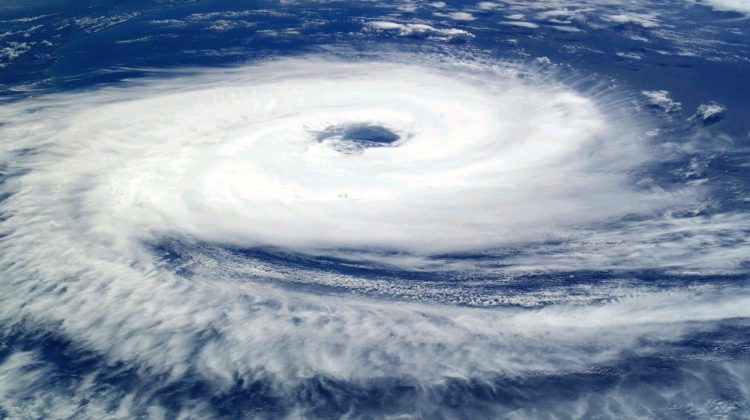
Recent emergence of CAT5 tropical cyclones
The IBTrACS global best track data set endorsed by the World Meteorological Organization provides a valuable global record of tropical cyclone genesis, track and intensity, and spans 1842 to the present.
The record is significantly more robust from the late 1970s onwards, as it is supported by satellite imagery.
These records indicate that the first tropical cyclone in the South Indian Ocean to intensify to CAT5 status did so in 1994.
This date is significantly later than the first CAT5 storms recorded in the IBTrACS database for the Atlantic Ocean (1924) and the North Pacific (1951) recorded from ship records, and half a decade later than those of the North Indian Ocean (1989) and South Pacific (1988), captured from satellite imagery.
Following this late emergence, in the period 1990–2000, eight CAT5 tropical cyclones were recorded for the South Indian Ocean.
A further four have been recorded for the period 2010–2015.
This recent emergence of tropical cyclones attaining category five intensity in the South Indian Ocean is of significance for the forecasting of tropical cyclone landfall and the anticipation of storm damage for the developing economies that characterise the region.
Although an increase in tropical cyclone intensity is frequently projected under global climate change scenarios, the dynamics for the South Indian Ocean have remained poorly understood.
Notable are early results indicating an increased frequency and poleward migration of these CAT5 storms, concurrent with a poleward migration in the position of the 26.5 °C, 28 °C and 29 °C sea surface temperature isotherms in the South Indian Ocean.
Significance: • Category 5 tropical cyclones, the strongest category of storms, have only recently emerged in the South Indian Ocean.
Since 1989, their frequency of occurrence has increased.
This increase poses a heightened risk of storm damage for the South Indian Ocean Island States and the countries of the southern African subcontinent as a result of the strong winds, heavy rainfall and storm surges associated with these storms, and the large radial extent at category 5 strength.
AUTHORS
Jennifer M. Fitchett (School of Geography, Archaeology and Environmental Studies, University of the Witwatersrand, Johannesburg, South Africa)

